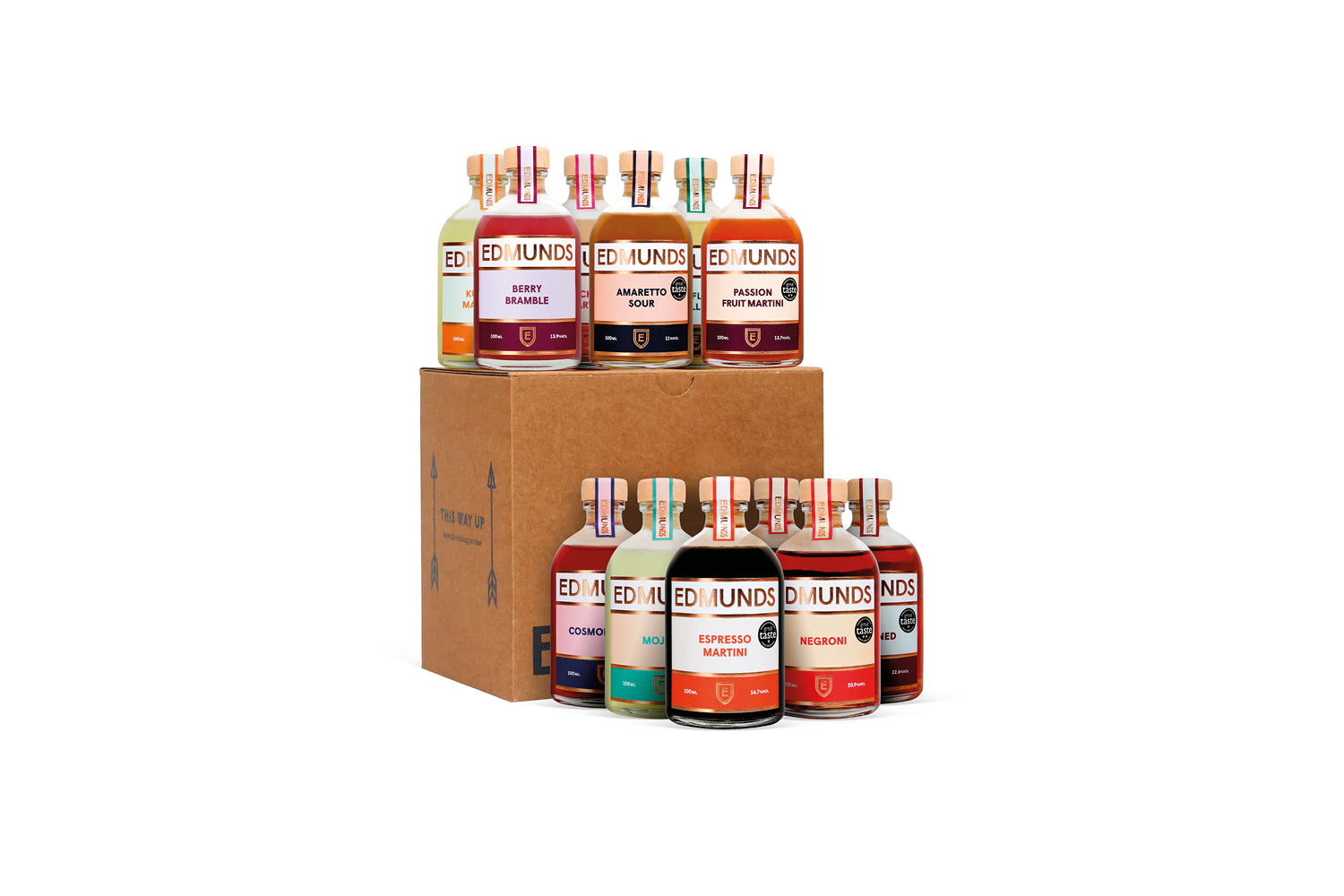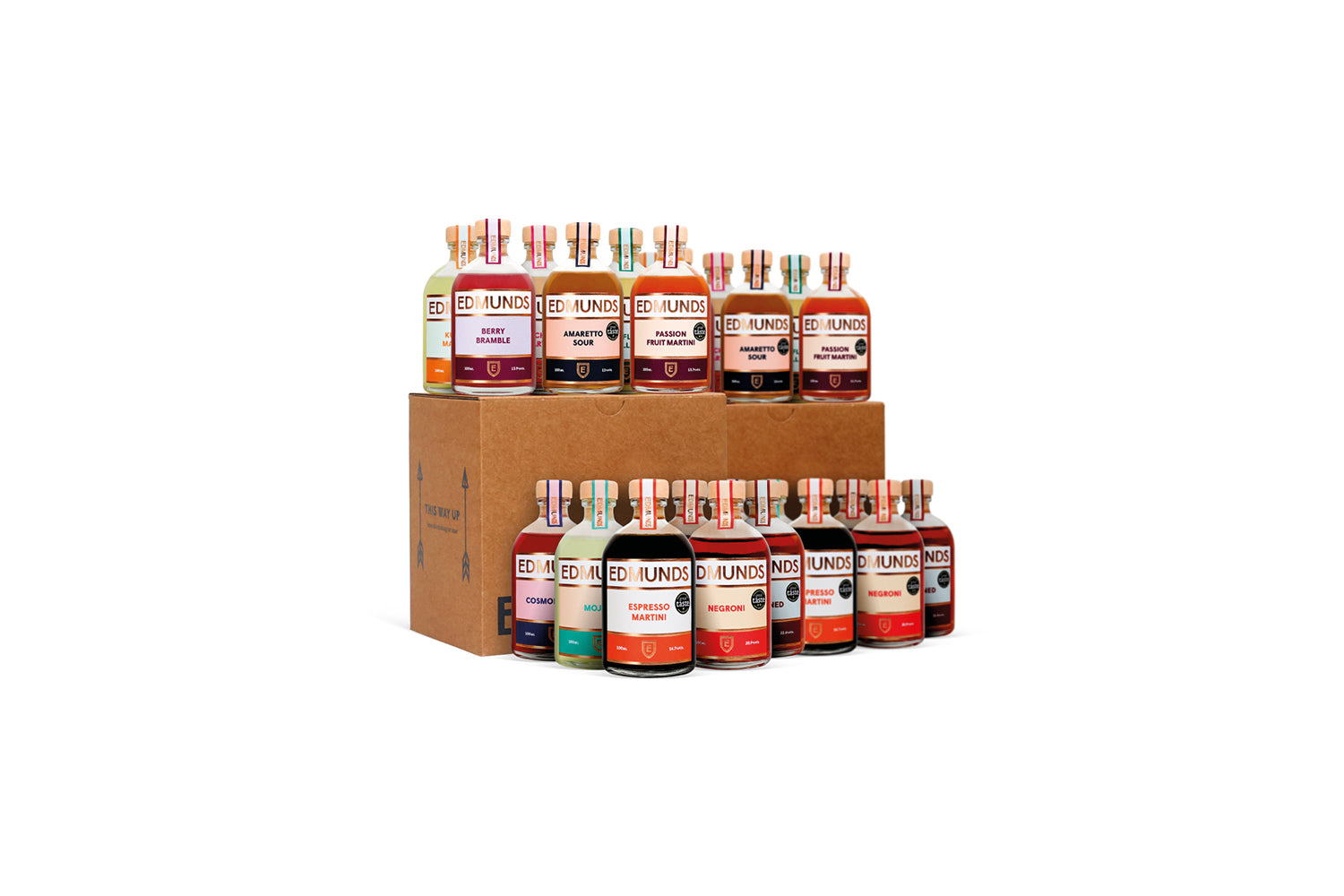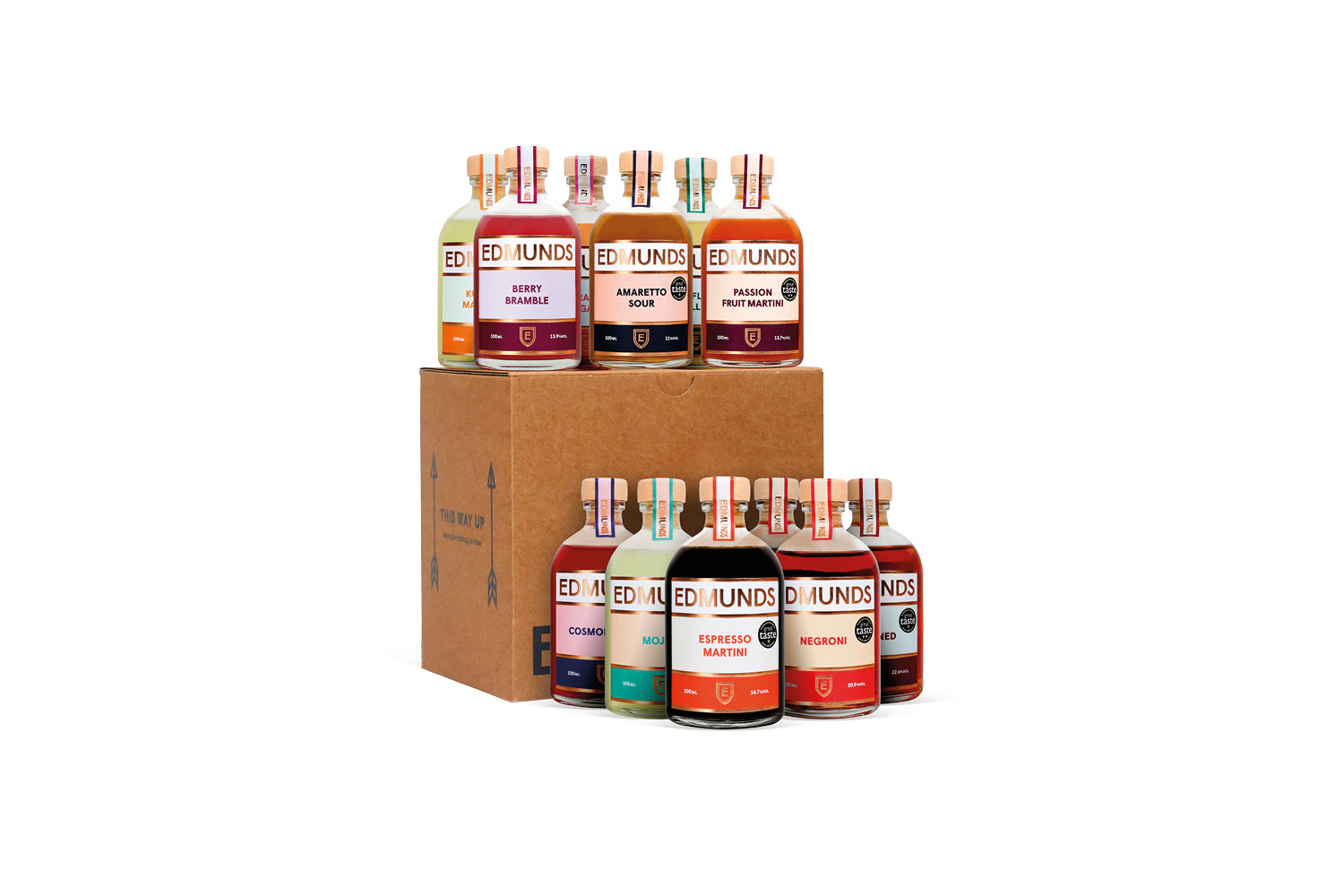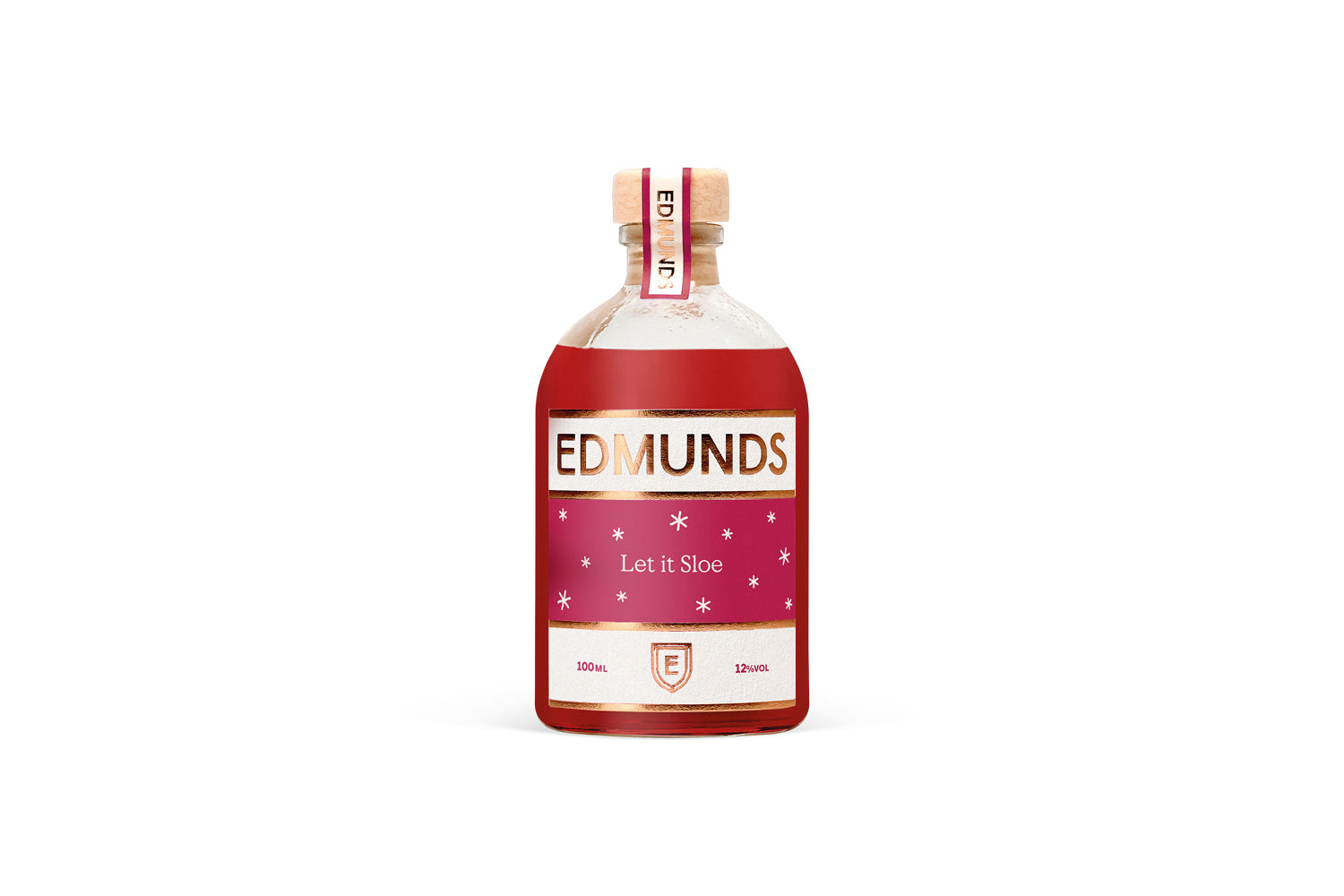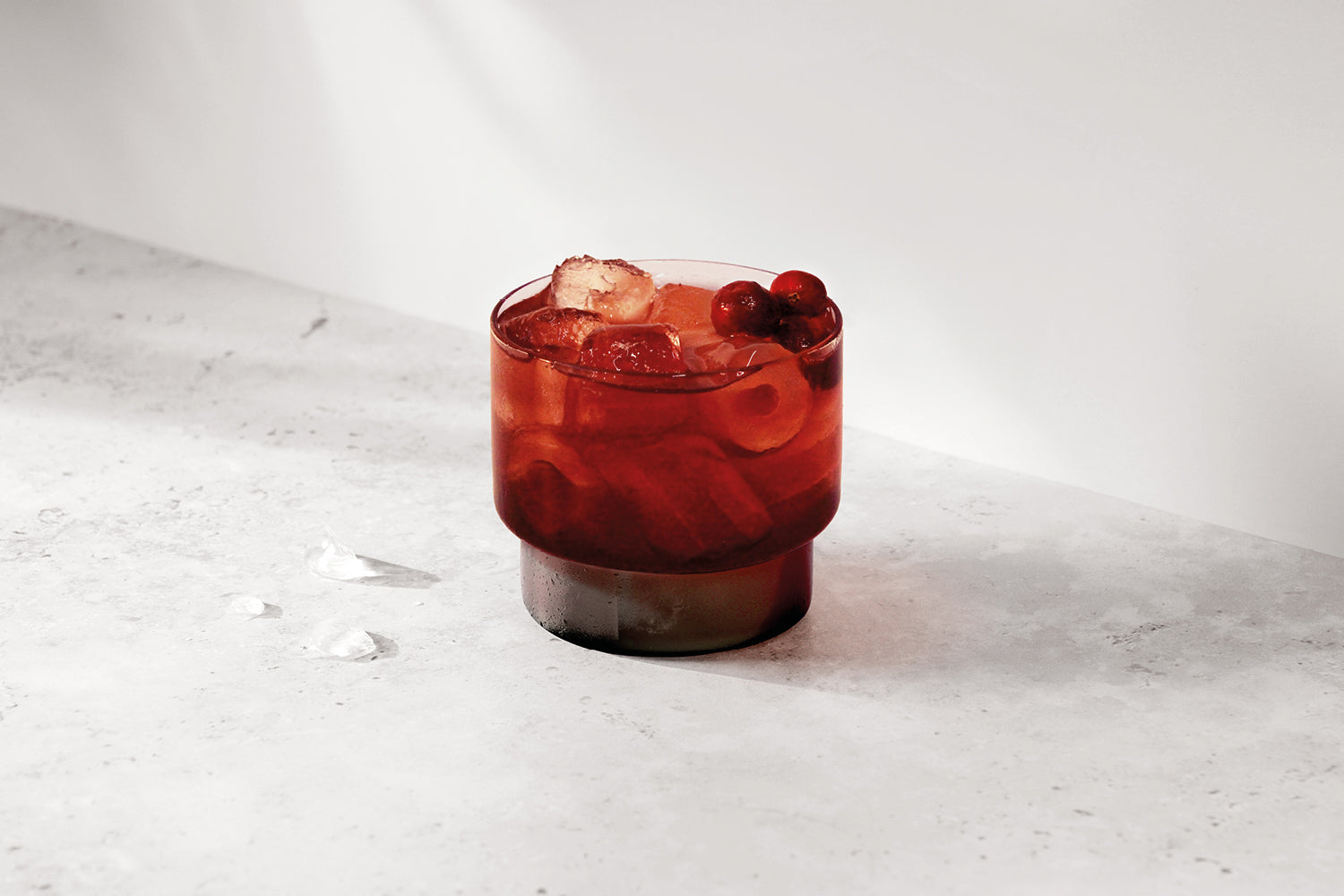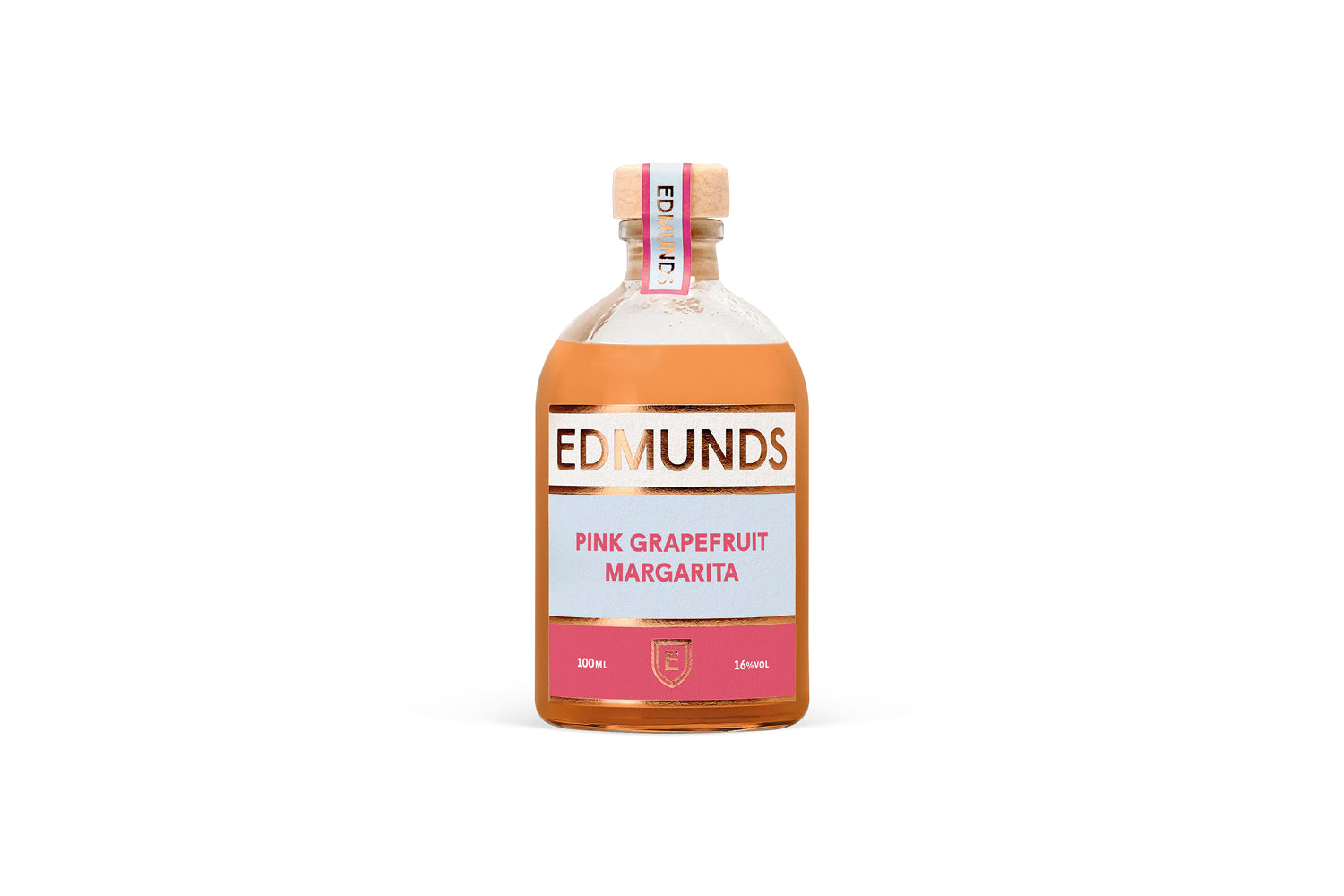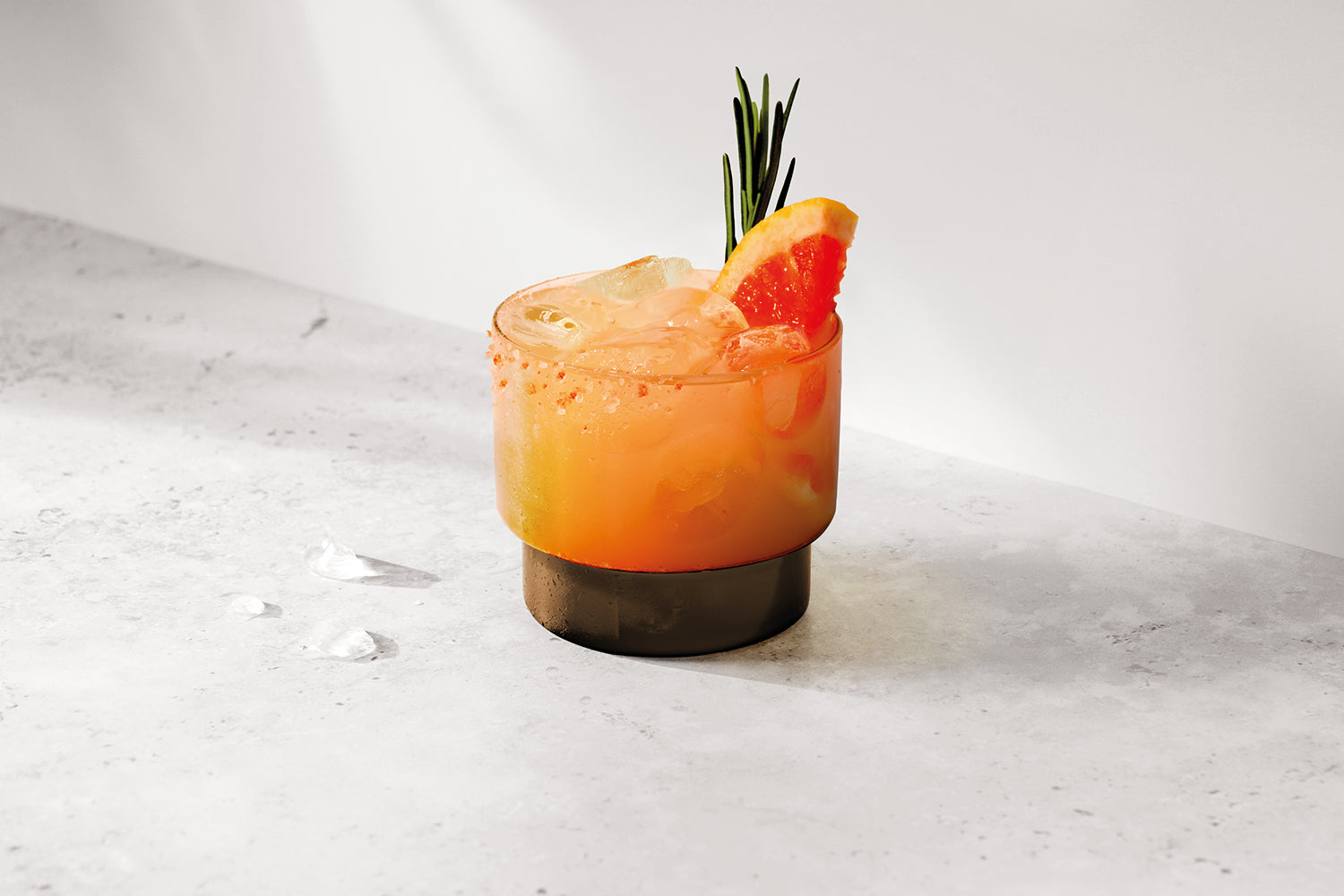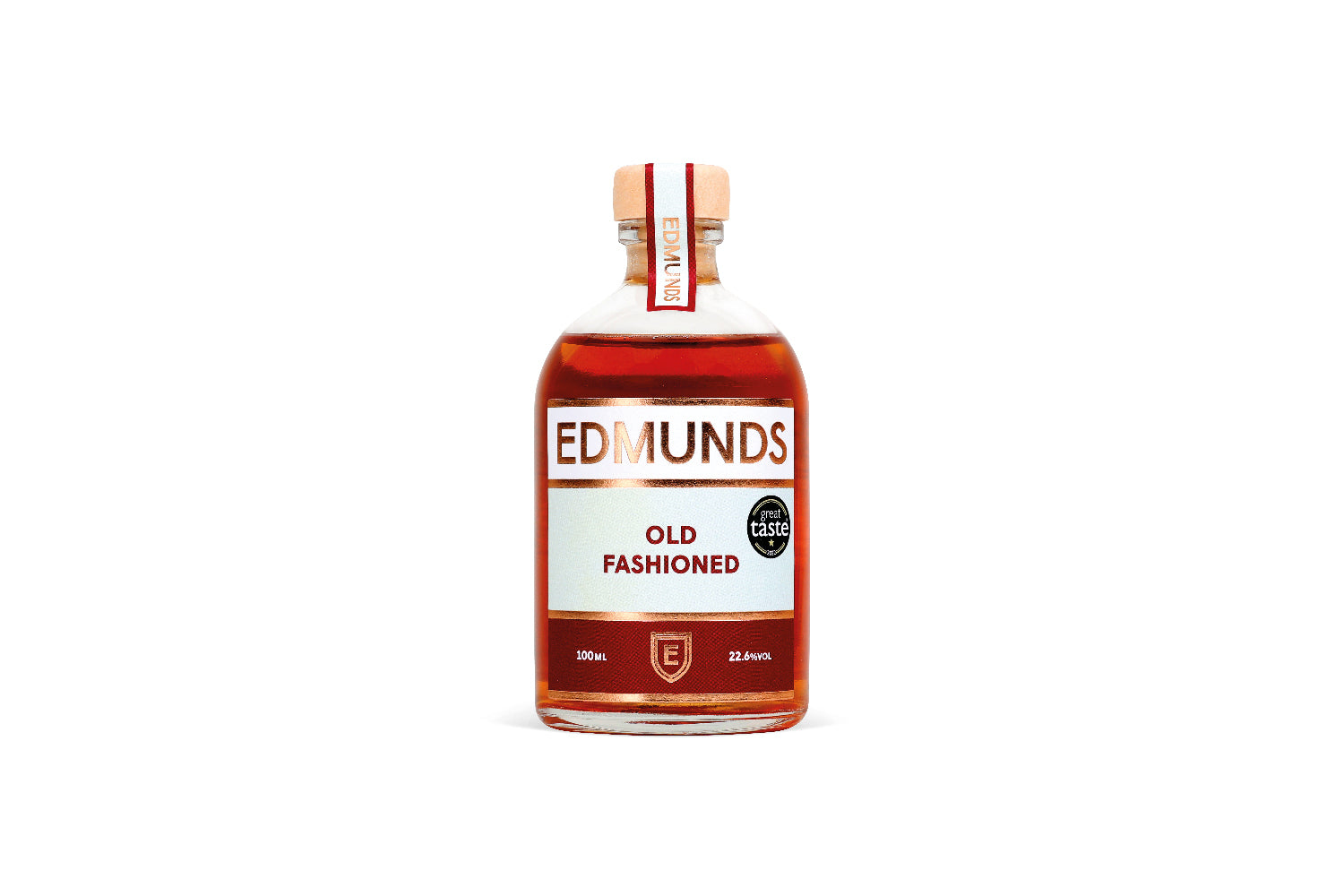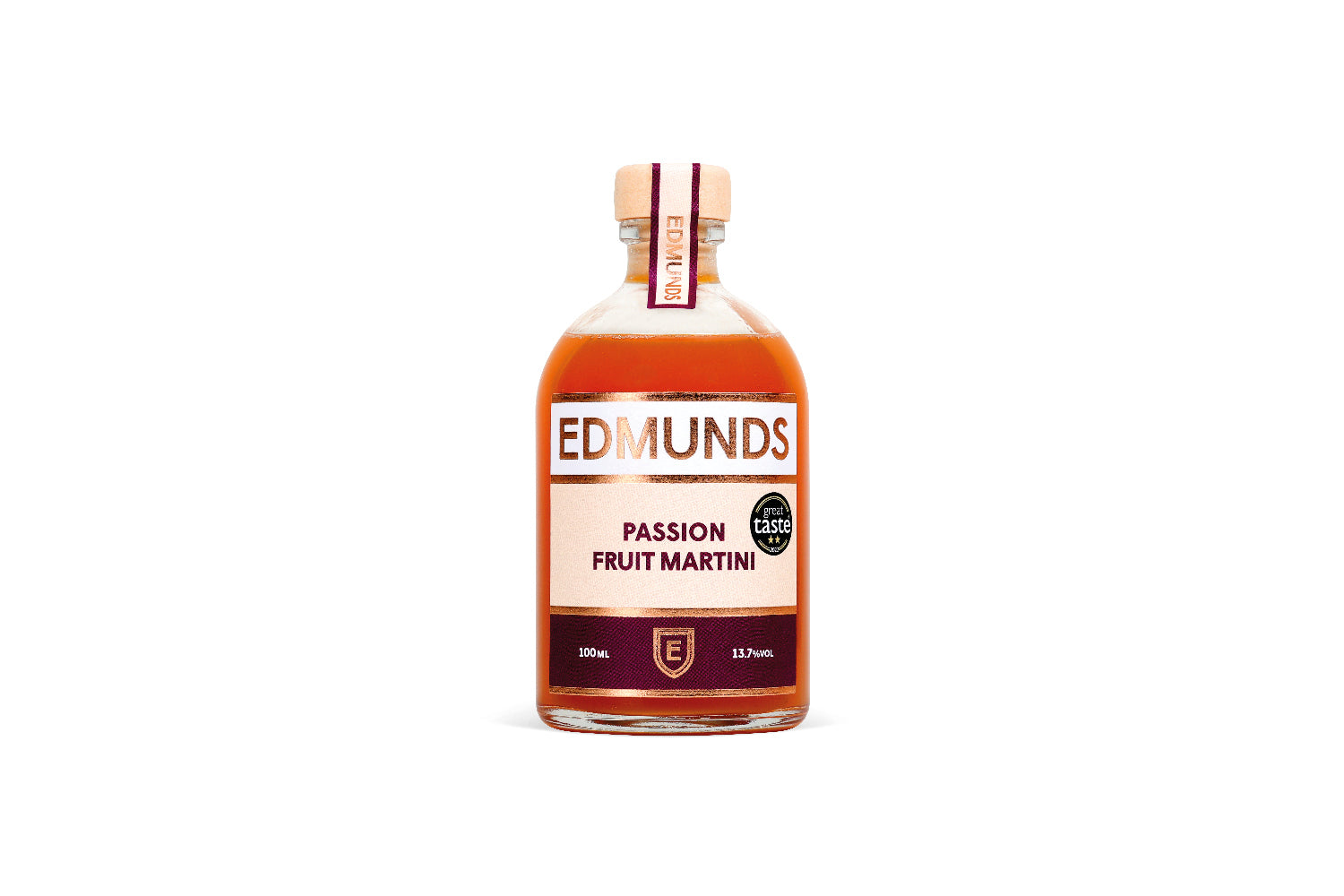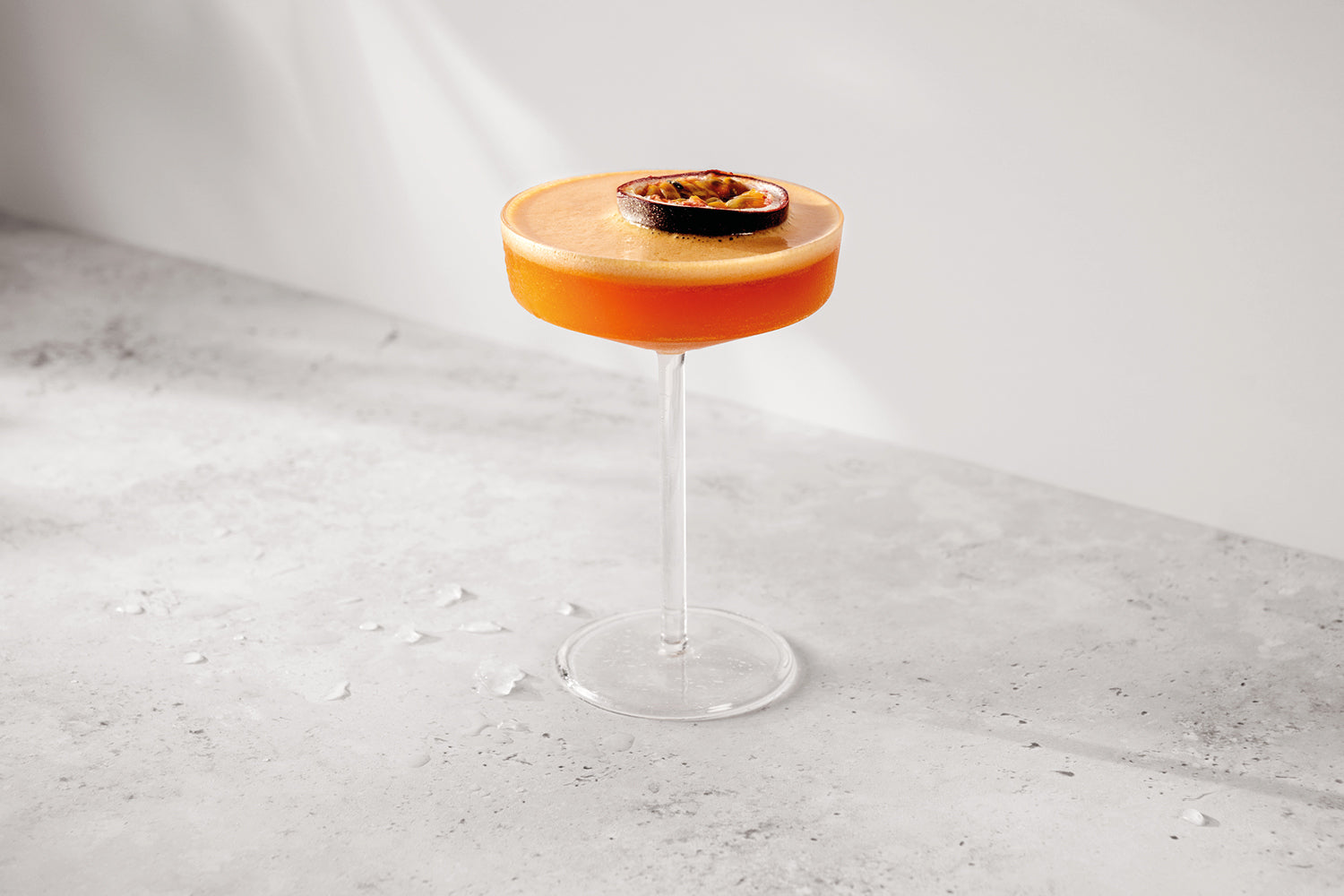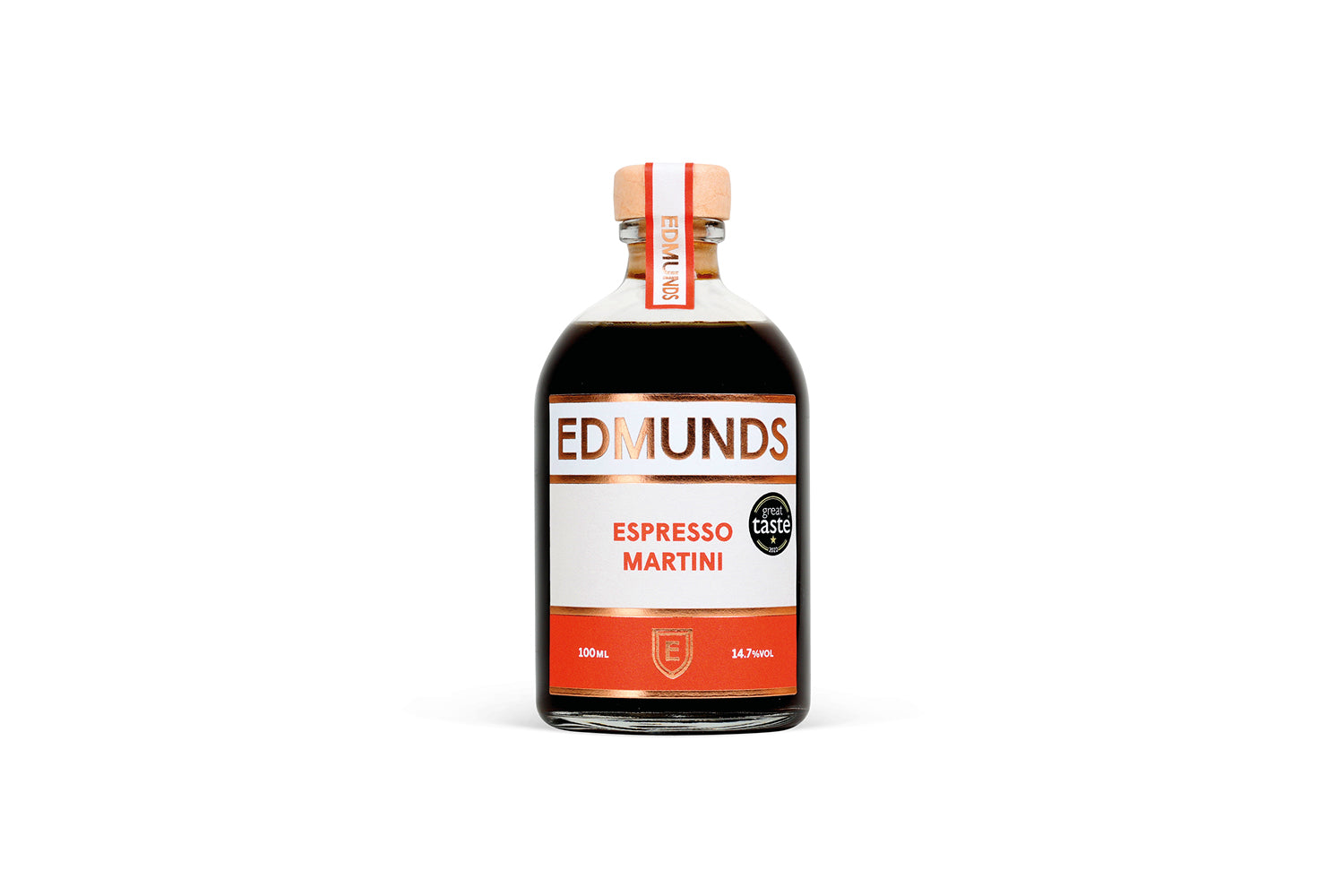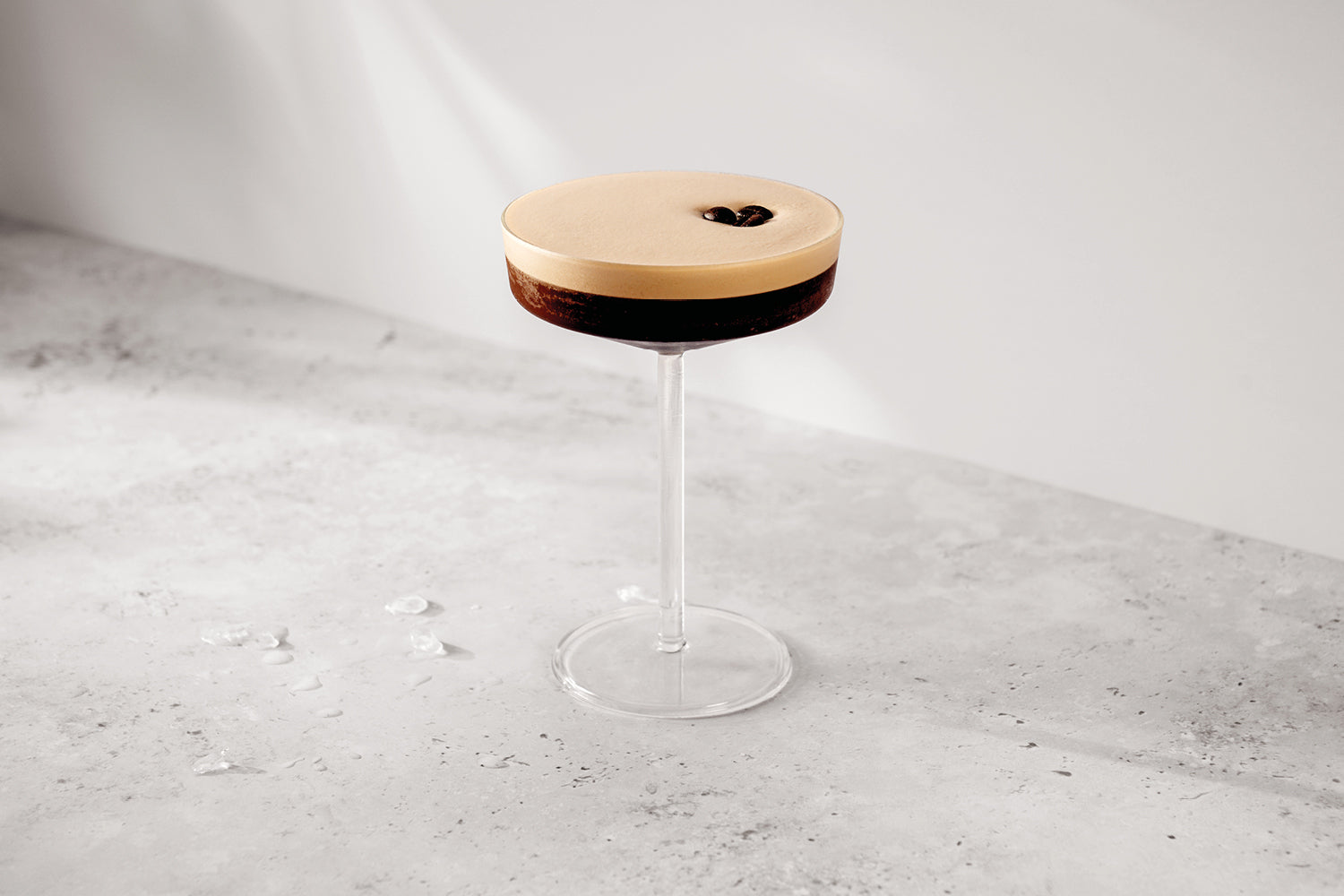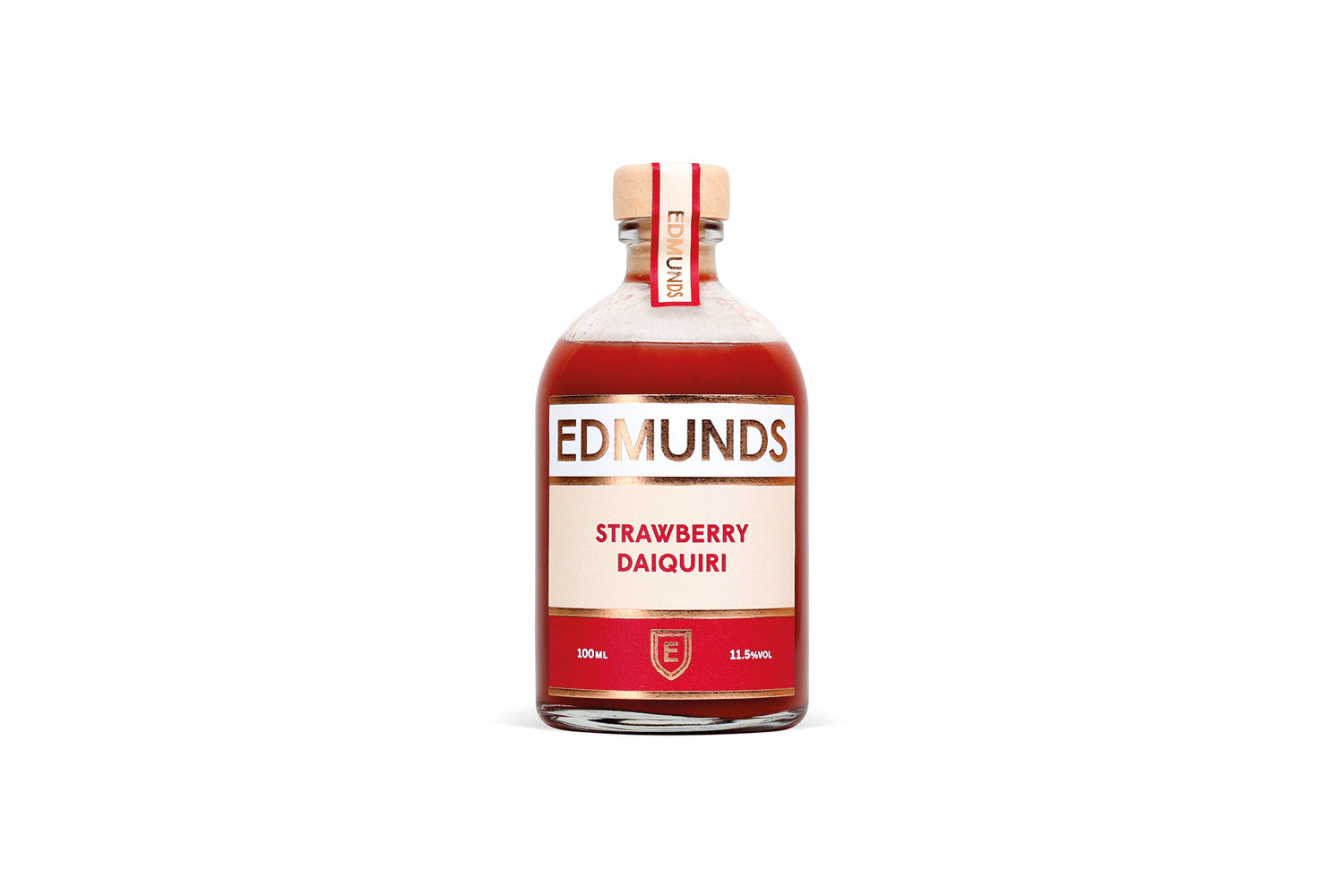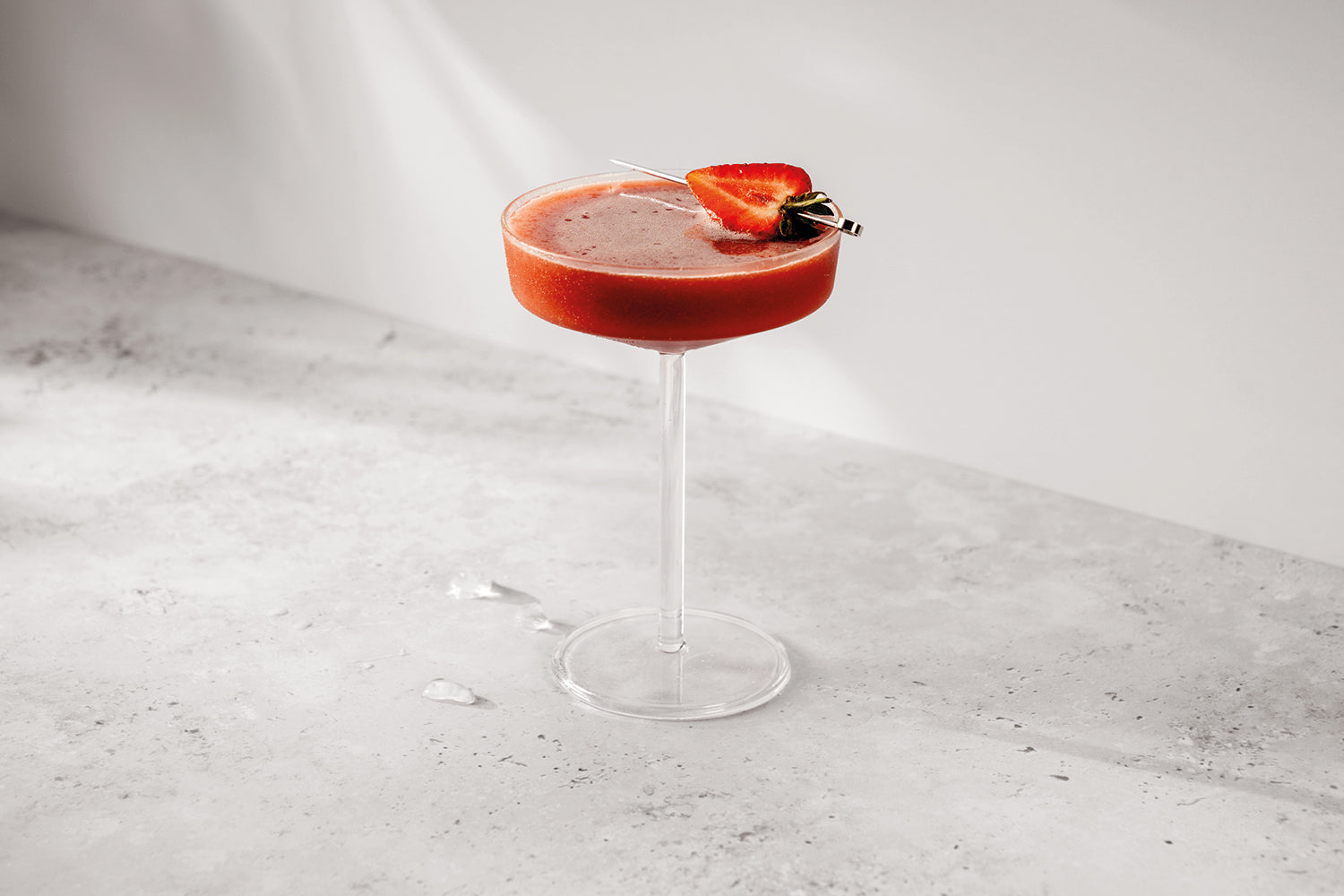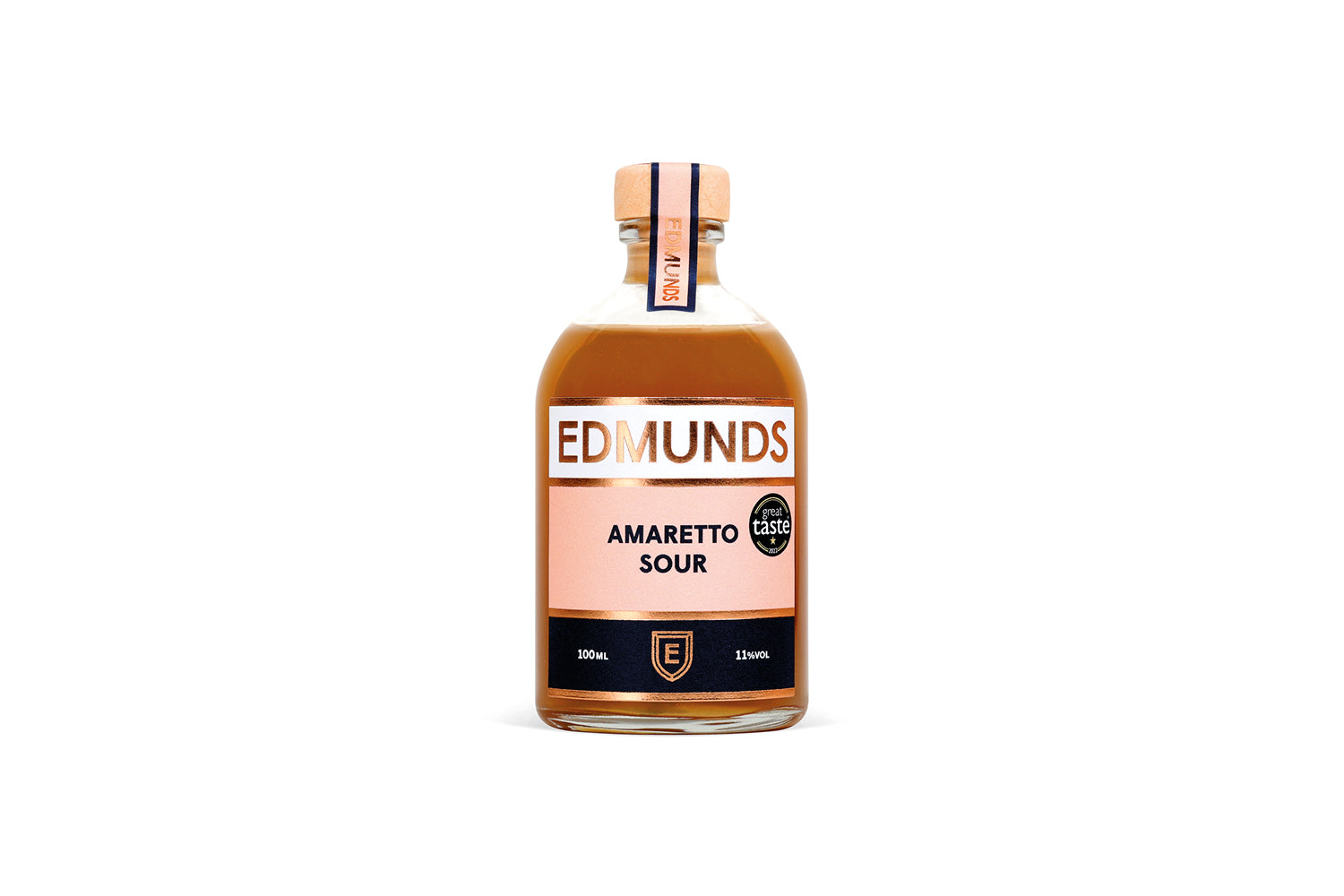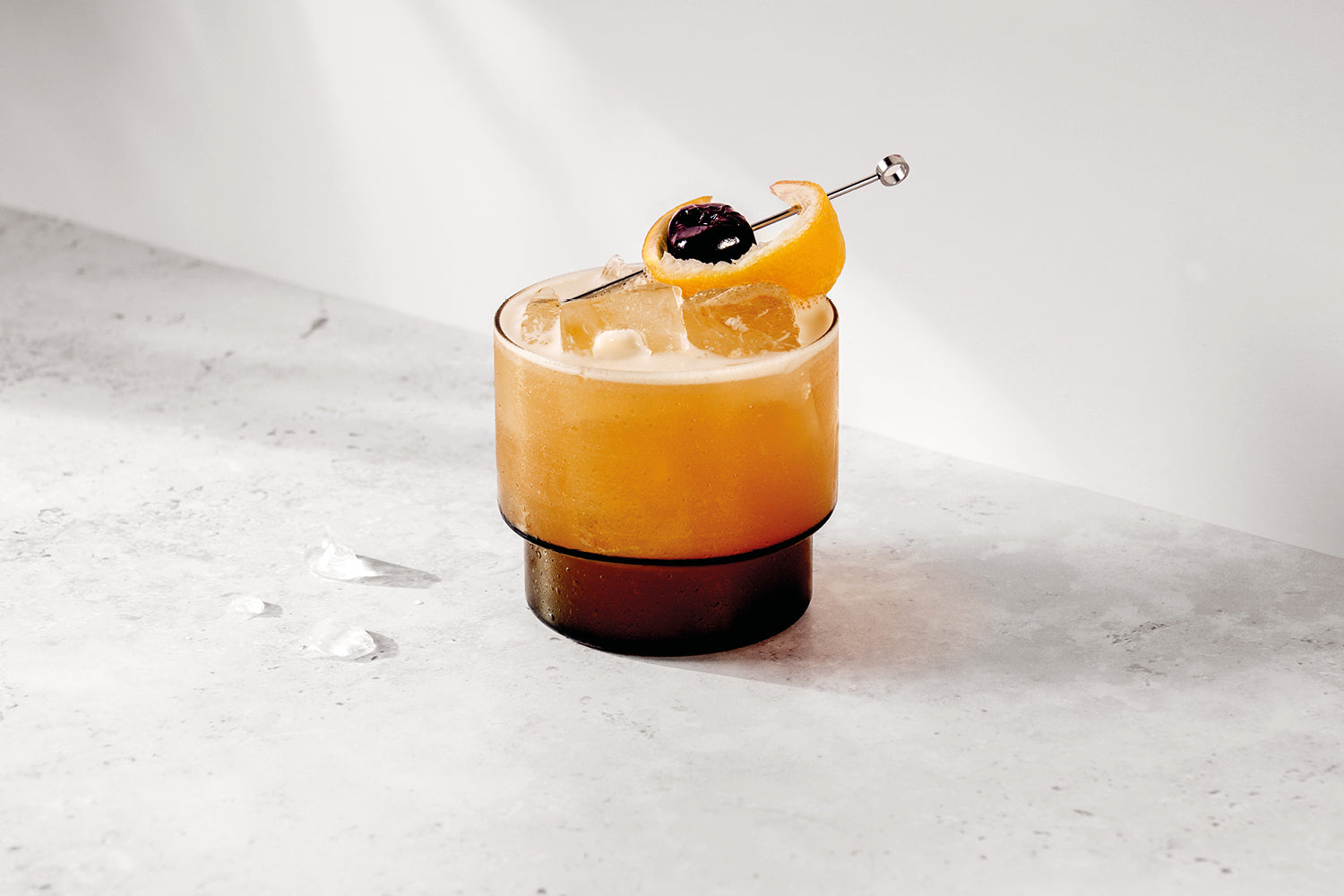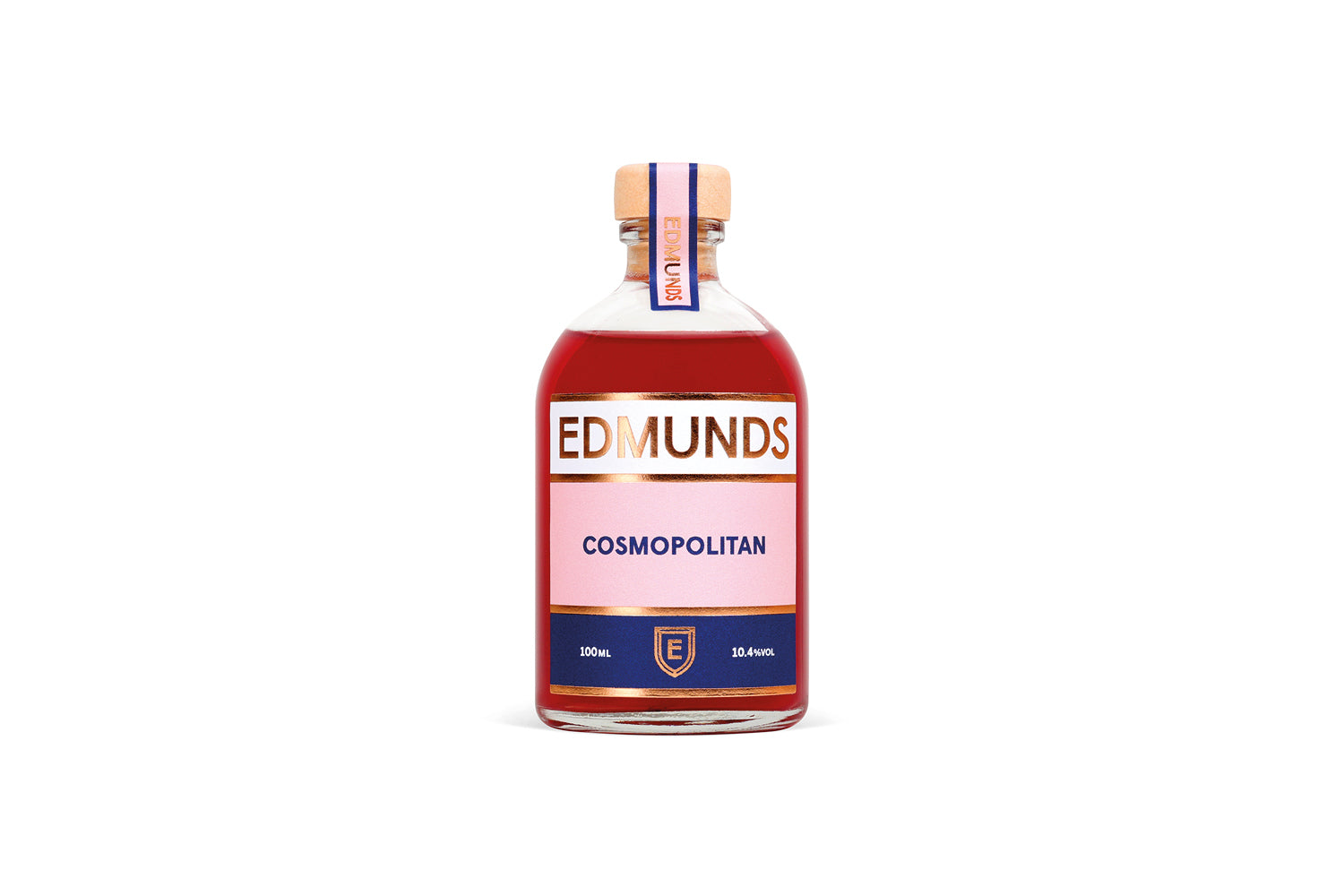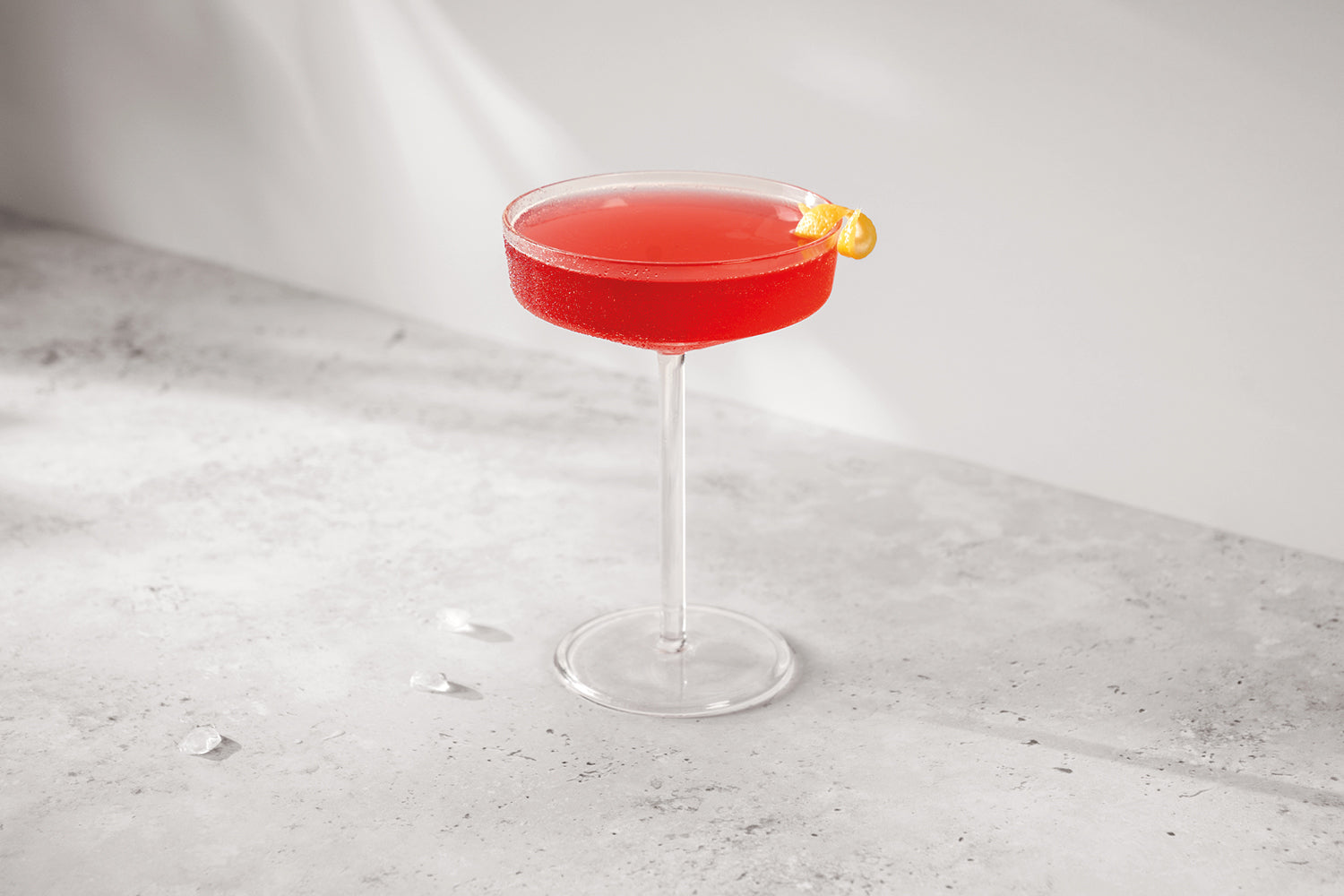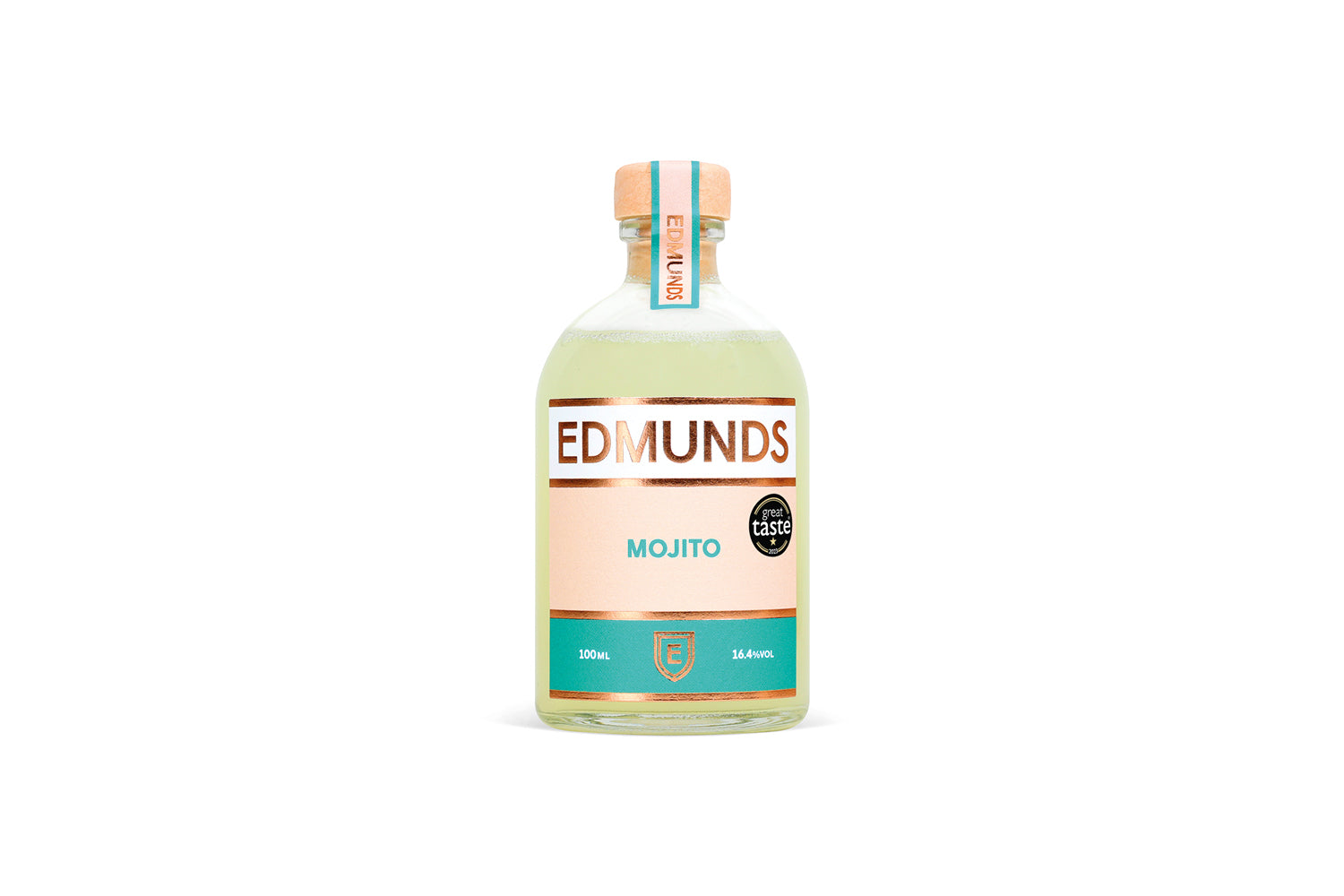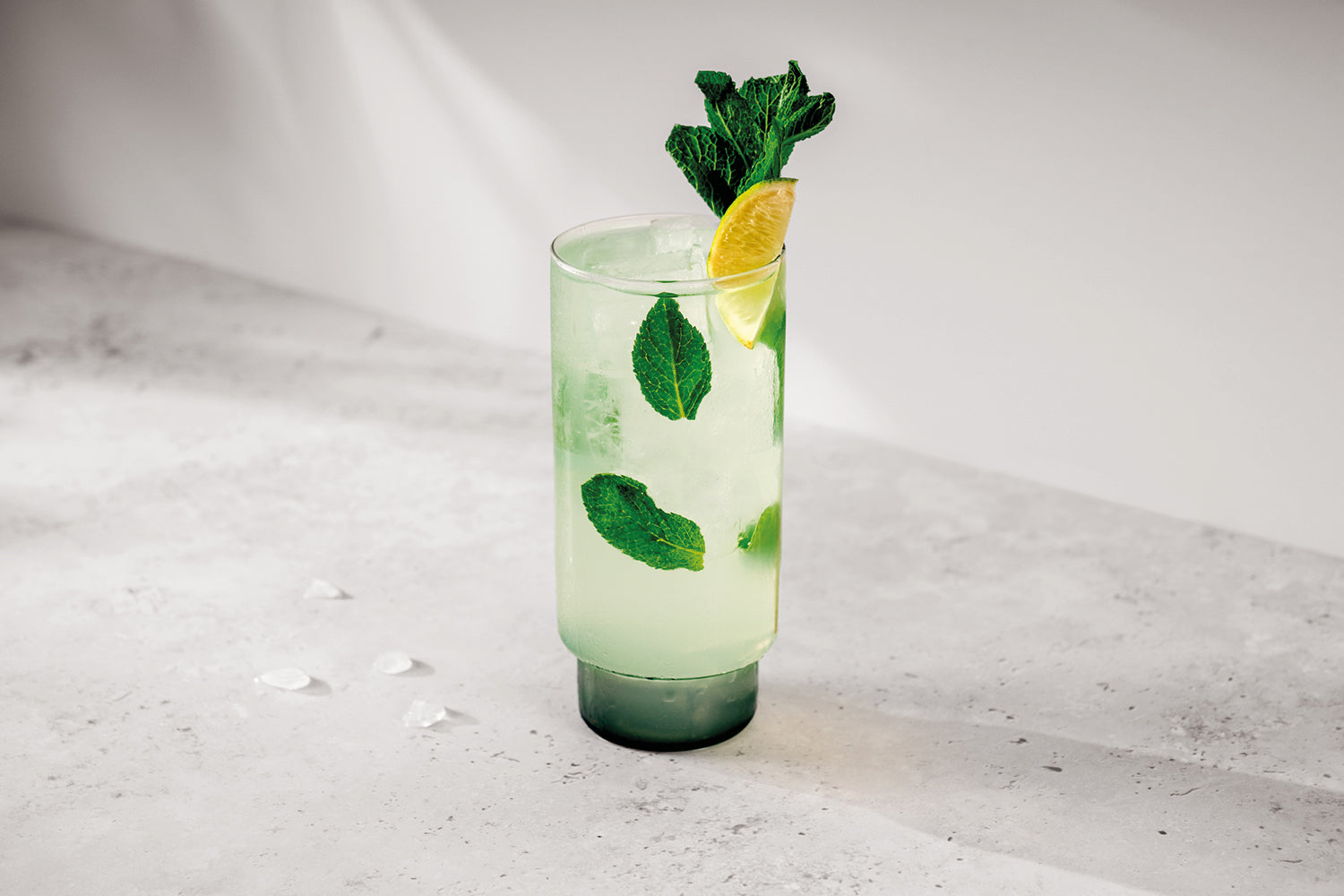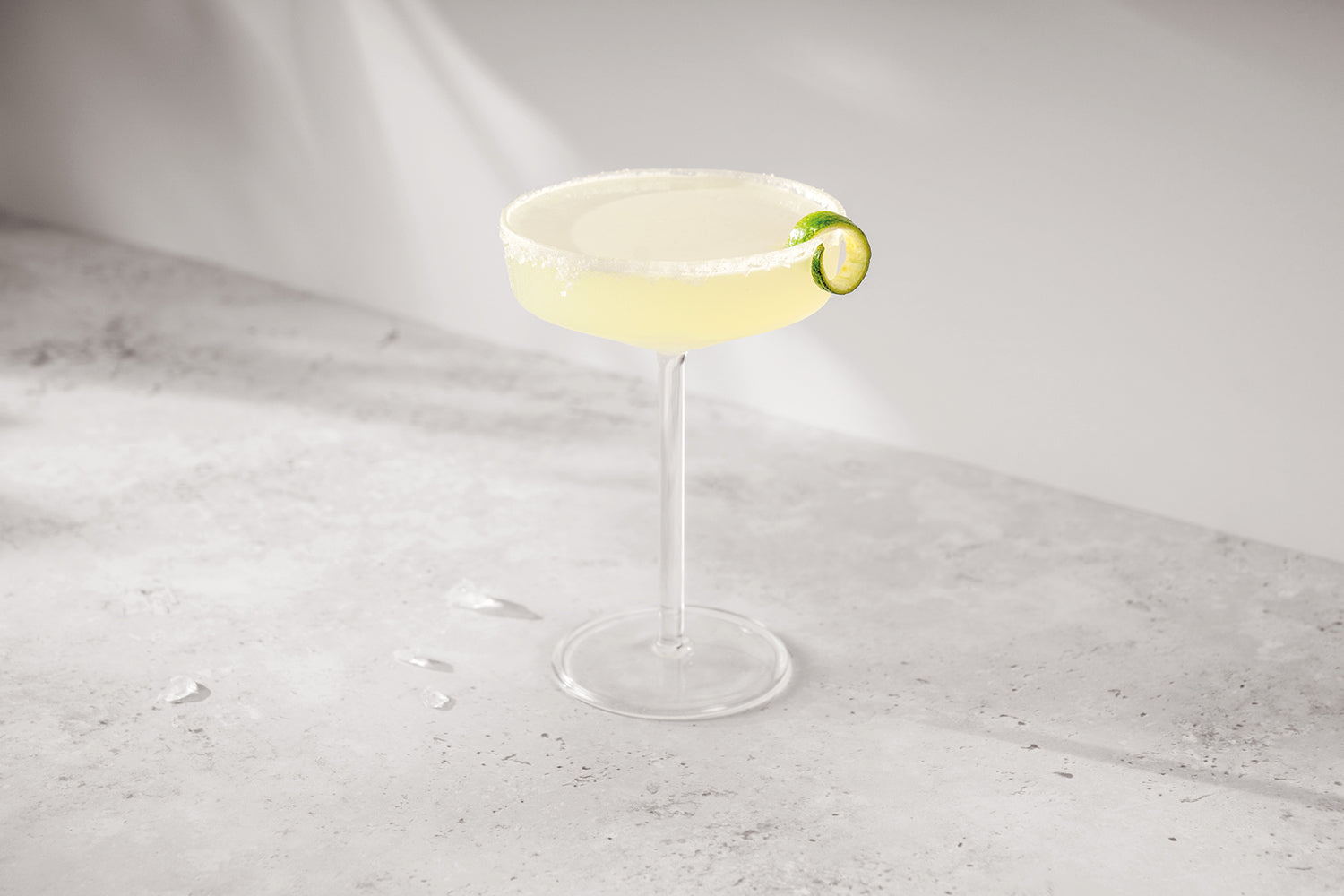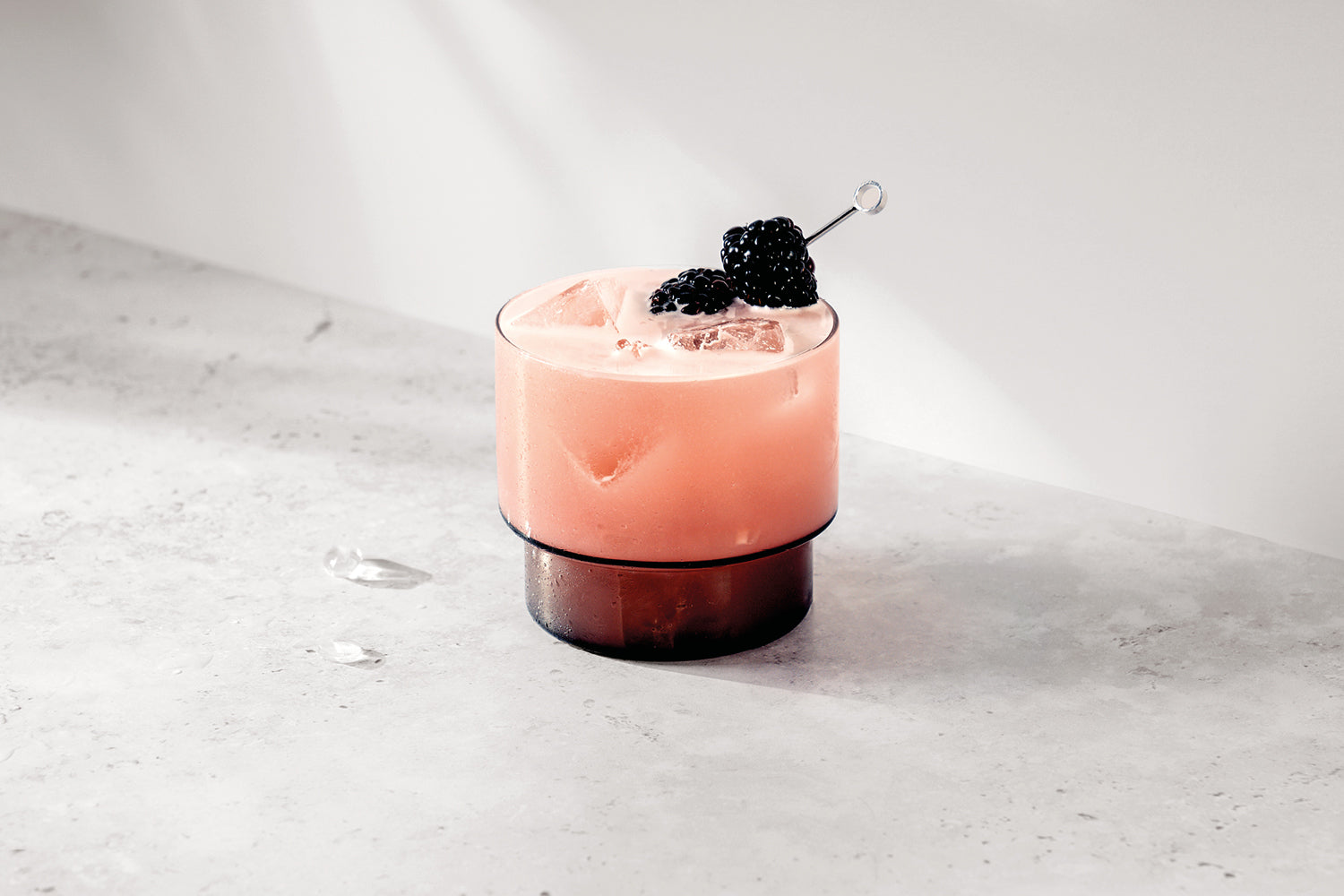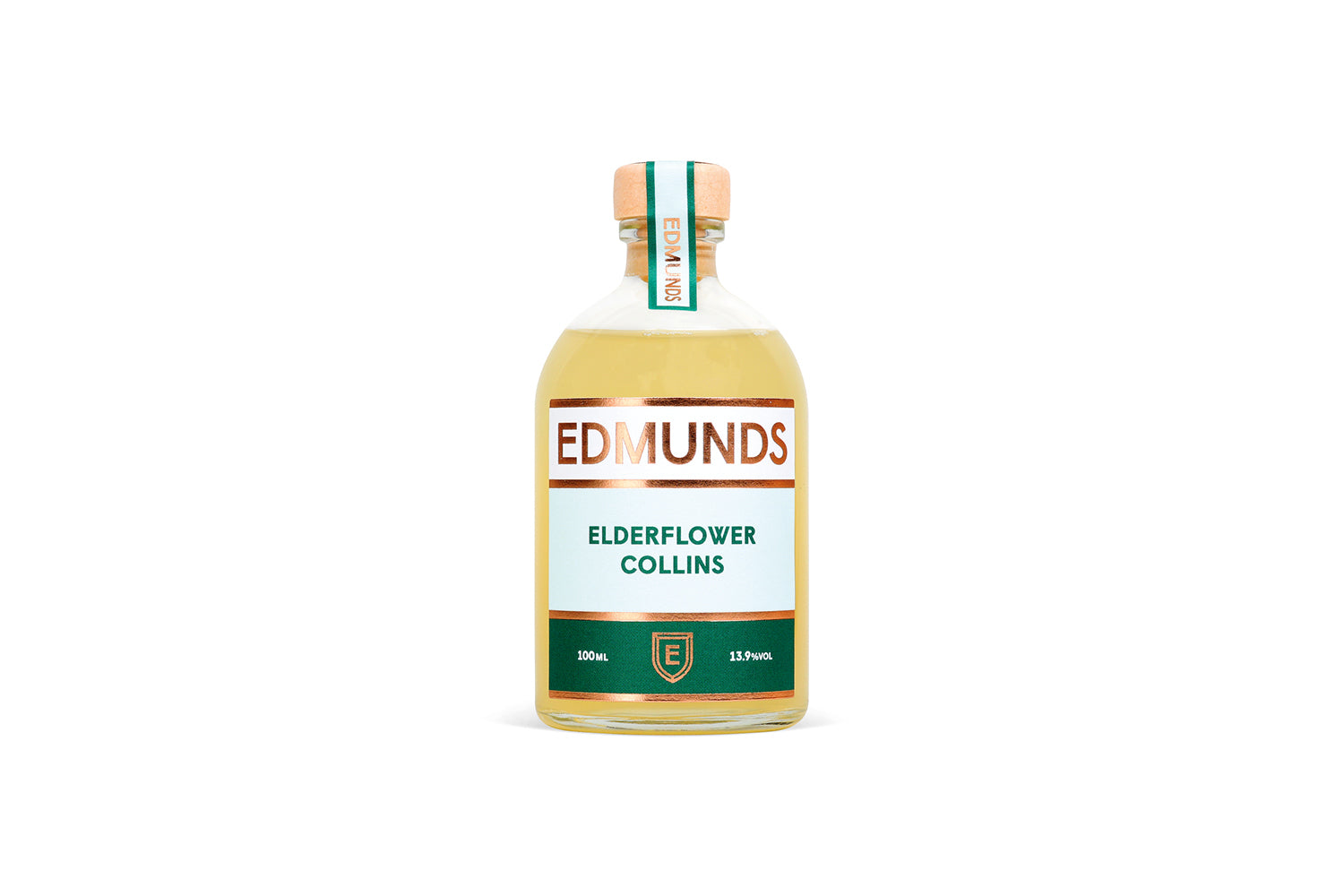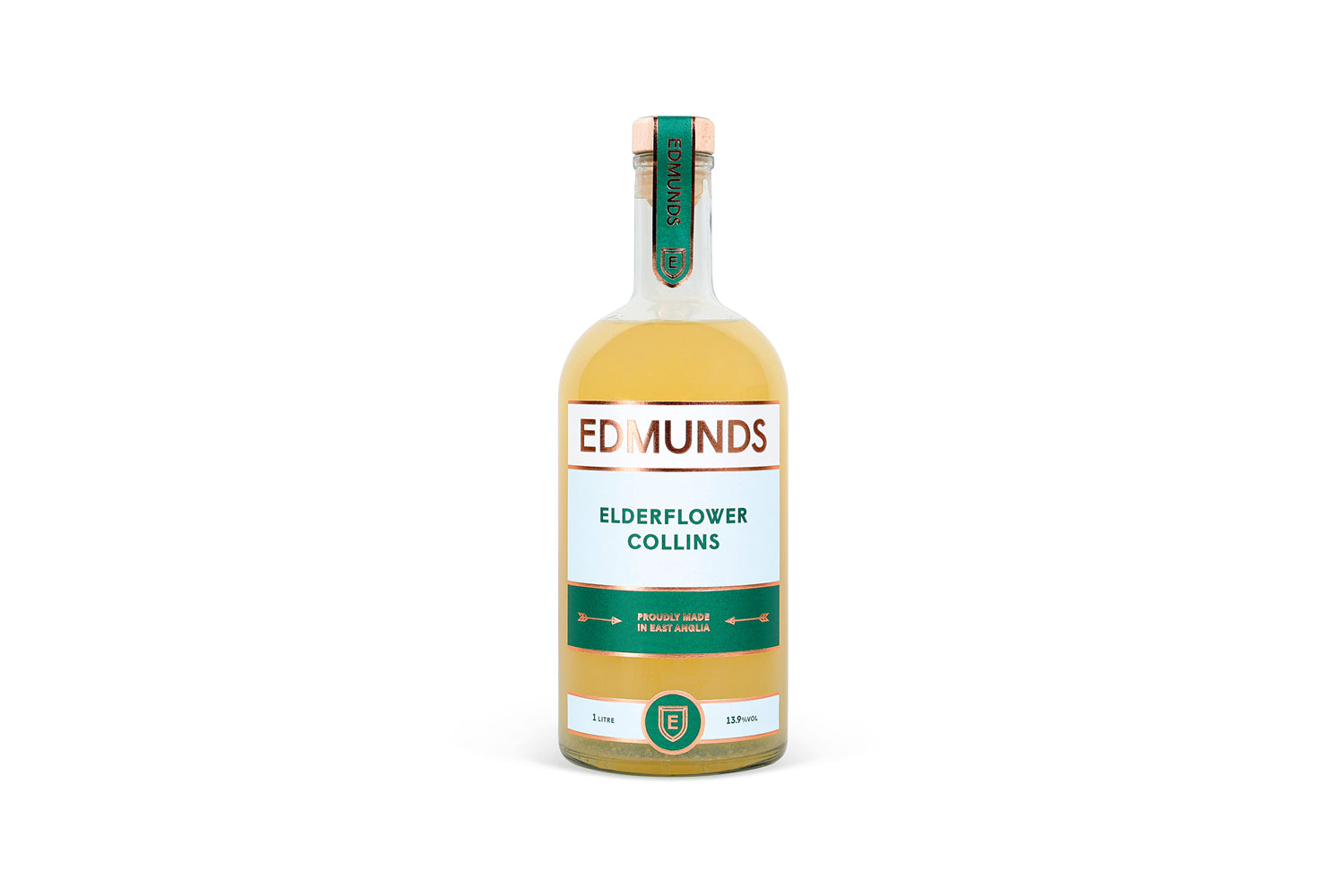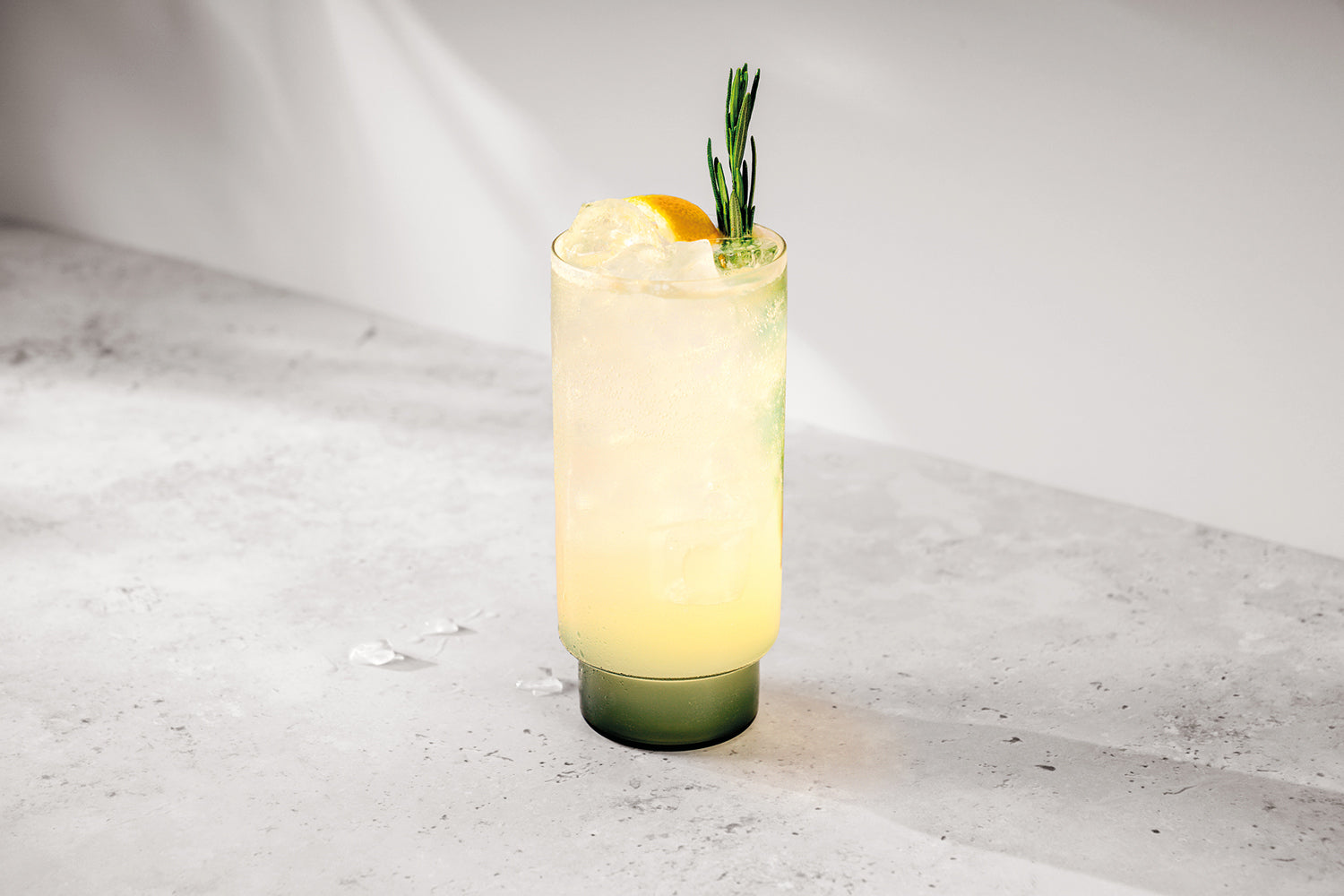Few would have predicted that Ian Fleming’s description of a dry martini – as ordered by the world’s most memorable spy in the author’s debut novel – would remain a cultural reference point almost 70 years later. And yet, Bond’s Vesper came to represent the pinnacle of sophistication for generations of cinemagoers, a potent symbol of the affluence, glamour and high-stakes adventure that characterises Fleming’s world of espionage.
Although it made a strictly one-off appearance in Casino Royale, the Vesper has since become a de facto part of the James Bond myth – as much a facet of his fictional persona as the Aston Martin DB III, Tom Ford tuxedo and Walther PPK. Its origins are less clear cut. Fleming credited his friend Ivar Bryce for mixing the first Vesper in Jamaica, but others have suggested the drink was named for a real-life intelligence agent – code name Vespérale – with whom Fleming allegedly had a brief affair.
Either way, there’s no such ambiguity in the cocktail’s recipe. The Vesper pairs both gin (London Dry, for preference) and vodka in a punchy 3:1 ratio, with the addition of half a measure of wine-based aperitif Kina Lillet and a broad twist of lemon peel instead of the more usual olive garnish. The drink should be served – for optimum authenticity – in a deep champagne goblet, or coupe, although a modern cocktail glass will fit the bill, too.
Mixologists will tell you that the Vesper can no longer be made to its original recipe for the simple reason that production of Kina Lillet ceased in 1986. This iconic so-called ‘aromatised wine’ blended Semillon from Bordeaux with citrus liqueurs and quinine (hence ‘Kina’) before being aged in the same way as the region’s wine.
Today, most would consider Lillet Blanc the rightful successor to the Kina Lillet crown, although Italy’s Cocchi Americano Blanco may be a smarter choice for true Vesper aficionados, as the inclusion of cinchona bark replicates the bitterness of the original aperitif.

It’s worth experimenting with the quantities of gin, vodka and vermouth – as well as the various styles and brands of spirit to find your own sweet spot for this super-dry classic.
Shaken, not stirred? It’s become something of a cliché but Bond’s oft-stated preference for the precise preparation of his Martini flies in the face of mixology wisdom. In fact, although shaking spirits with ice may make them colder, it also serves to water them down and risks impairing your cocktail’s crystal clarity. It’s likely that Fleming added this detail as a deliberate conceit – a stylish shorthand for a hero who defies convention in all its forms.
While the Vesper could be regarded as a minor tweak on the classic Martini, newer varieties have taken even greater liberties, some containing neither gin, vodka nor vermouth, and possibly annexing the Martini identity solely to piggyback on the drink’s established cachet.

Notable vodka-based exceptions include the smooth and silky Espresso Martini, created by influential bartender Dick Bradsell, which blends spirit with cold-brew espresso and velvety coffee liqueur to create a rich and silky cocktail with a hint of vanilla. Vanilla makes another welcome appearance in the Pornstar Martini, where it complements the zest lime juice and passionfruit puree that give this long-standing favourite a fun and fruity kick. For a delicate twist on a classic, you can’t beat a Lychee Martini, suffused with the subtle character of this aromatic tropical fruit.
At Edmunds, we’re not Martini purists – there are plenty of alterna-tinis to suit every palate. But, on the subject of quality, we do share Bond’s insistence that a good Martini be ‘very strong and very cold, and very well-made’. Cin-cin!



